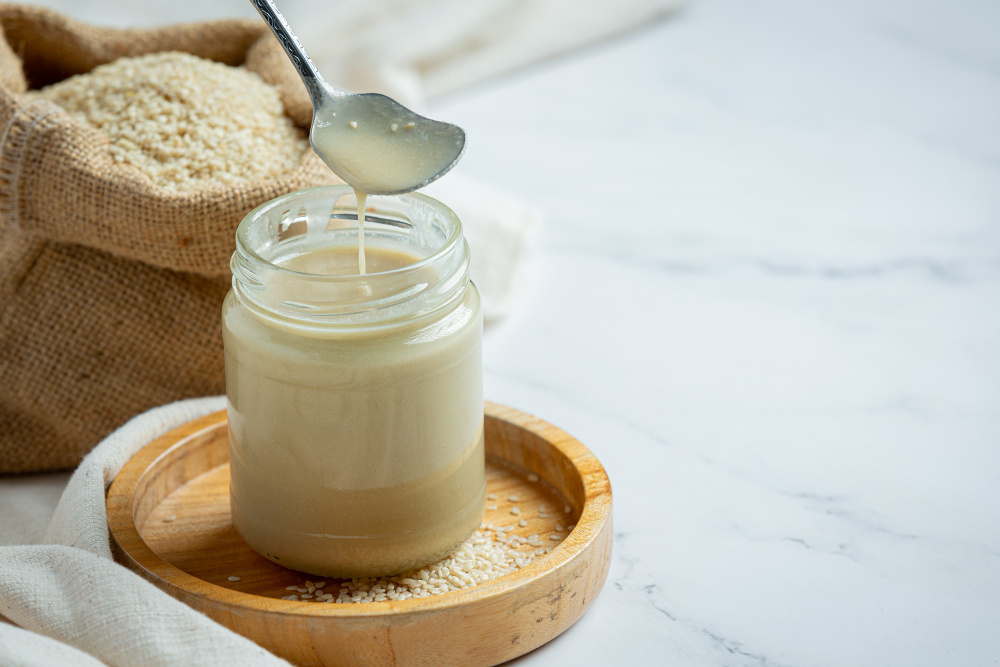It goes without saying that pouring molasses is the origin of the phrase “slow as molasses!” The dark brown liquid, which serves as a sweetener, is made from the boiled juice of sugar cane and sugar beets. Molasses provides baked beans with their thick consistency, gives gingerbread cookies their dark, soft, and chewy texture, and sweetens barbecue sauces. A versatile and nutrient-dense ingredient, organic foods improve the flavor, depth, and nutritional value of a range of recipes. Regardless of the degree of your culinary ability, it is imperative to understand the different kinds of molasses and their qualities.
What are the three most common types of molasses?
There are various creative ways to incorporate organic molasses into your cooking endeavors. But before doing that, a chef needs to understand the different types of organic molasses so that the right type can be used in different dishes.
Light molasses
The syrup that is left over after the initial processing of the sugar is this type of molasses. It is both the lightest and sweetest variety. Light organic molasses has a light color and is mild or sweet due to the minimal amount of sugar that has been removed. This kind of molasses is frequently added to hot cereals like oatmeal or used as a syrup for pancakes and waffles. 65 percent of it is sucrose.
Dark molasses
Dark molasses is produced after the sugar has undergone a second boiling. Compared to light molasses, its flavor is a little stronger, yet not as intense as blackstrap. Dark molasses is thicker in substance, less sweet with a note of bitterness, and naturally darker in color. It is the kind that is frequently used in gingerbread. About 60% of the sucrose is present in this kind.
Blackstrap molasses
Blackstrap molasses is the syrup that remains after the third sugar extraction from sugar cane. The molasses has a really dark hue. It smells intoxicating and has a very powerful flavor that is somewhat bittersweet. Instead of being used as a direct sweetener, like pancake syrup, this kind works best in recipes. It has a lot of the nutrients that refined sugar crystals leave behind. The least sweet of the types, it contains 55% sucrose.
In what ways can organic molasses be incorporated into cooking?
Organic molasses is quite versatile. Molasses thickens sauces and adds moisture and color to baked products. Molasses can be used in cuisine in a variety of ways, including:
1. Sweetener in Baking
As a sweetener, organic molasses is commonly used in baking. It imparts a rich, caramel-like flavor to Christmas and other holiday treats. For a richer, more nuanced flavor, try replacing it with conventional sweeteners like refined sugar or corn syrup.
2. Marinades and Glazes
For tasty glazes and marinades for meats, poultry, and fish, organic molasses can be utilized. Soy sauce, garlic, and other savory ingredients go well with it because of its inherent sweetness. For a delicious caramelized crust, brush molasses-based glazes across grilled chicken or salmon.
3. Homemade Barbecue Sauce
Blend organic molasses, tomato paste, vinegar, spices, and a little heat to make your own barbecue sauce. This sauce goes great over grilled vegetables, pulled meat, ribs, and other organic foods.
4. Savory Sauces and Stews
Do not use molasses only in desserts. To deepen the flavor of your tomato-based pasta sauces or robust stews, add a tiny bit. Its powerful flavor can lend a subtle sweetness while balancing the acidity of tomatoes.
5. Salad Dressings
Add complexity to your salad dressings by incorporating organic molasses. Mix it with olive oil, balsamic vinegar, Dijon mustard, and herbs for a tangy and slightly sweet vinaigrette.
6. Spice Blends
Experiment with creating your own spice blends for meats or vegetables. Combine organic molasses with spices like cinnamon, ginger, and cloves to craft a unique and flavorful rub.
7. Smoothies and Shakes
A few drops of organic molasses can be added to a smoothie of your choosing in a glass. This improves the nutritional value while also supplementing your diet with vitamins. That this is an excellent addition to your everyday routine should go without saying.
8. Bread and Rolls
Incorporate organic molasses into your homemade bread or rolls to lend a rich color and depth of flavor to your baked goods. It pairs especially well with whole-grain recipes.
9. Dessert Toppings
Create a sumptuous dessert topping by melting organic molasses with a touch of butter or cream. Drizzle it over ice cream, fruit salads, or warm desserts like apple crisp.
10. Energy Bars and Snacks
Whip up your own energy bars or granola snacks using organic molasses as a binder. It not only adds sweetness but also contributes important nutrients to keep you energized throughout the day.
11. Homemade Ketchup
Replace store-bought ketchup with a homemade version that features organic molasses as a key ingredient. You will enjoy a deeper, more complex flavor profile that elevates your favorite condiment.
Conclusion
You can experiment with new flavor combinations, add nutrients, and enhance flavors in myriad ways when you use organic foods in your cooking. These inventive ways to use organic molasses will no doubt spark your creativity in the kitchen, whether you are a seasoned chef or an enthusiastic home cook. By adding molasses to your cooking arsenal, you may improve your recipes and dazzle your visitors with the richness and depth it adds. So embrace the beauty of molasses and start exploring new recipes!


